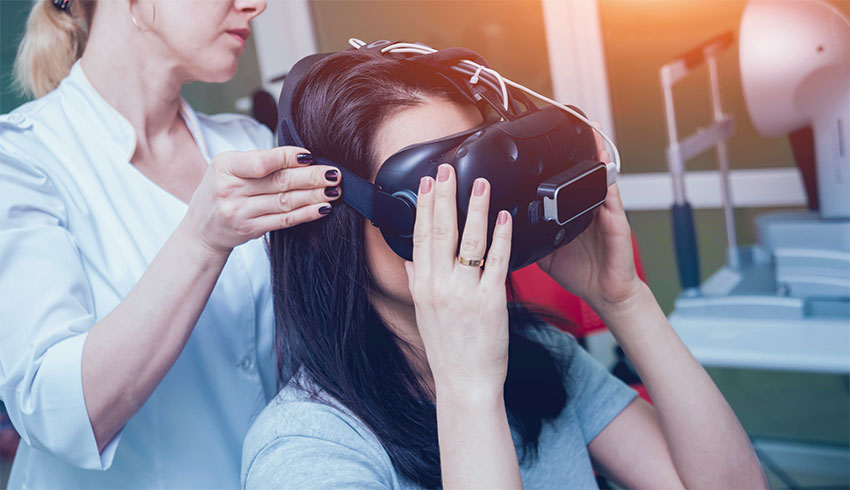Can Immersion in Virtual Reality Help Ease Pain?
Study tests efficacy of Virtual Reality Pain Management

A small study tested the effects of watching immersive 360-degree videos of the Arctic on people with intense burning pain. The results are surprising and indicate a possible non-invasive and visually appealing way to treat chronic pain.
Scientists performing this study “found that using virtual reality headsets could combat increased sensitivity to pain, by immersing people in scenes of icebergs, frigid oceans and sprawling icescapes.”
The published study is attempting to prove the efficacy of virtual reality pain management by reducing both perceived ongoing pain, as well as sensitivity to painful stimuli, by engaging the body’s own built-in pain-fighting systems. The theory behind the study is that the VR experience acts as a distraction for the brain to the constant firing of the nerves. This will hopefully lead to a reduced sensitivity and perceived level of pain. The ultimate goal of using VR technology is to help patients with chronic pain.
The study increased the sensitivity of the participants by treating the skin with capsaicin first, then subjecting the skin to a tiny electric shock in an attempt to mimic the sensitivity levels of people with chronic pain.
“The team found that ongoing pain was reduced following VR immersion, and that sensitivity to painful stimuli on the skin was also reduced. However, the same effect was not seen in people who looked at still images of the polar environment, showing immersion is the key factor.”
Immersion in virtual reality scenes of the Arctic helps to ease people’s pain (2019, November 8) retrieved 11 February 2020

While these initial results seem positive, the study was conducted with only 15 participants, which is too small of a sample group to prove consistently valid results. Additional controlled trials with larger numbers of participants, including people actually suffering from chronic pain would be needed to provide statistically relevant findings. These limiting factors aren’t stopping these researchers though, as they believe VR could help patients with chronic pain whose “built-in pain fighting system” are deficient.
Bottom line is, that virtual reality pain management may be a great tool in the future, but results are too limited to prove significant efficacy at the moment. Additionally, these findings only show that the “perceived” pain and sensitivity was slightly reduced, and it was only reduced temporarily.
For significant pain relief that’s not just “distracting the brain” but instead providing long-lasting pain control; it’s best to stick to treatments that have been proven by studies with larger participant groups. For example, this study showed that 78% of H-Wave users reported significant pain reduction. To learn more about H-Wave for effective pain relief, click here.